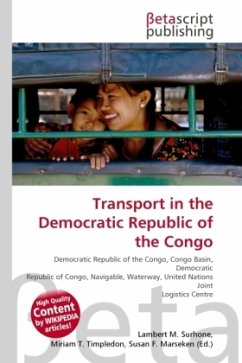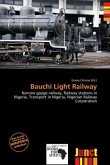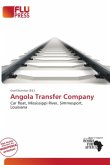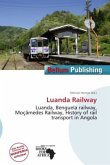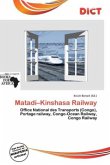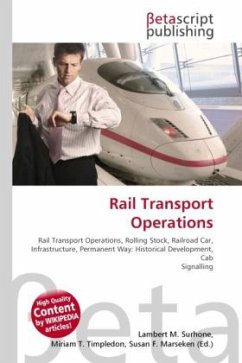High Quality Content by WIKIPEDIA articles! Ground transport in the Democratic Republic of Congo (DRC) has always been difficult. The terrain and climate of the Congo Basin present serious barriers to road and rail construction, and the distances are enormous across this vast country. Furthermore, chronic economic mismanagement and internal conflict has led to serious under-investment over many years. On the other hand, the DRC has thousands of kilometres of navigable waterways, and traditionally water transport has been the dominant means of moving around approximately two-thirds of the country. In 2007 China agreed to lend the DRC US$5bn for two major transport infrastructure projects to link mineral-rich Katanga, specifically Lubumbashi, by rail to an ocean port (Matadi) and by road to the Kisangani river port, and to improve its links to the transport network of Southern Africa in Zambia. The two projects would also link the major parts of the country not served by water transport, and the main centres of the economy. Loan repayments will be from concessions for raw materials which China desperately needs: copper, cobalt, gold and nickel, as well as by toll revenues from the road and railway.
Bitte wählen Sie Ihr Anliegen aus.
Rechnungen
Retourenschein anfordern
Bestellstatus
Storno

